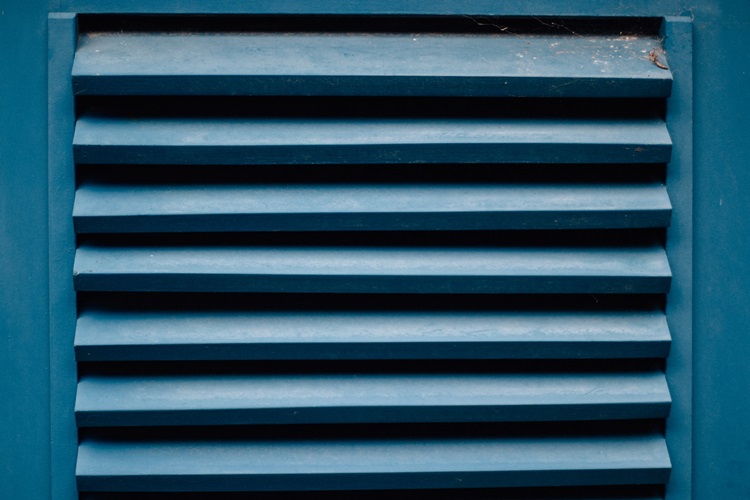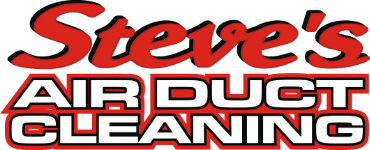Supply vs. Return Vents: What's the Difference?

The HVAC system is the respiratory system of your Arvada home. Air is heated or cooled in a central unit (usually located in the basement) and then distributed throughout the house via ducts that snake their way through the floors, walls and ceilings.
But an HVAC system is not a one-way system. That is, the ductwork does not just distribute heated or cooled air, it also pulls spent air out of the various rooms and returns it to the central unit to be reheated or re-cooled. Duct cleaning is important to keep your system running smoothly, but it's also good to know the difference between supply and return vents, what they do and why air vent cleaning is also important.
The Difference Between Supply and Return Vents
Supply and return vents can be found in every modern home. They represent the point where the HVAC system ends and the living spaces begin. Once you know the difference between supply and return vents you will never look at your home quite the same way again. So let's take a look at that difference now.
Supply Vents
When most people think of the vents in their home they likely think of supply vents because these are the vents through which heated or cooled air exits the ductwork and spills out into the room. If you get near them you can feel the conditioned air blowing out of them. So it is easy to deduce and appreciate their function. Supply vents usually have adjustable slats that allow you to direct the air this way or that, or adjust the amount of airflow if you so desire.
Return Vents
For an HVAC system to work there has to be a constant flow of air into and out of rooms all throughout the house. Supply vents are how conditioned air is fed into rooms, return vents are how air is removed from the various rooms to keep the circulation going. The air pulled out of a space by the return vent has been there for a while and is no longer performing either a heating or cooling function. Therefore it needs to be returned to the central unit until where it will be filtered and then reheated or re-cooled. If you hold a piece of paper in front of a return vent the suction should pull the paper in and hold it across the vent.
How Many Return Vents Should My Home Have?
There should be at least one return vent in each room. In some cases, a room will have both high and low return vents. A large room should have 2 or 3 return vents to ensure proper air movement. If your home has only 1 return vent per room it is especially important that you make sure nothing is blocking it and that you engage in air vent cleaning to prevent dust, pet hair and other pollutants from clogging the vent and undermining air circulation. Homes built prior to World War II did not have central heating and air condition units. These homes were often retrofitted later with ductwork and supply and return vents.
Maximizing the Performance of Your Supply and Return Vents
You may have the right amount of both supply and return vents in your home and yet still experience uneven or inefficient heating or cooling. If that's the case and your system is not performing up to spec then there is likely an issue with the vents that need to be addressed.
Fortunately, troubleshooting the performance of your supply and return vents usually requires more common sense than technical knowledge. The first thing to do is to make sure that furniture, toys, boxes or other items are not blocking either type of vent. Keeping the vents clear of obstructions is the first step in optimizing system performance.
The next thing to do is to check the vents and see if anyone has closed them. Sometimes people will close a vent in a particular room and then forget to reopen it. In other cases, curious young children may close a vent without thinking about it. So first check for obstructions, then check to make sure the vents are open.
The next step is to engage in air vent cleaning yourself, or to hire a vent cleaner to go through the house. It does not take much to clog a vent, but dirt isn't always obvious. For instance, if your supply ductwork hasn't been cleaned in years it may be pushing dirt and debris out toward the vent, clogging it from the back.
You should also resist the temptation to close vents in rooms that are not used very much. Why? Because when you close a vent it alters the pressure inside the ductwork. This can cause leaks to develop in the ducts that will result in wasted energy and require repair work later on. Closing off vents in certain rooms can also lead to unbalanced heating and cooling, which can force the HVAC system to work harder than it was designed to work and thereby increase the odds of a breakdown.
For Expert Vent and Duct Cleaning in Arvada, Trust Steve's
Steve's has been a part of the Colorado business community for more than 40 years. We have a hard-earned reputation for transparency, being honest with our customers and performing quality work at affordable prices. If you need any type of HVAC cleaning give us a call and rest easy knowing you're in good hands.
Start Breathing Easier.
Your air ducts are the lungs of your home and keeping them clean keeps you and your family healthier and your HVAC equipment working optimally.

